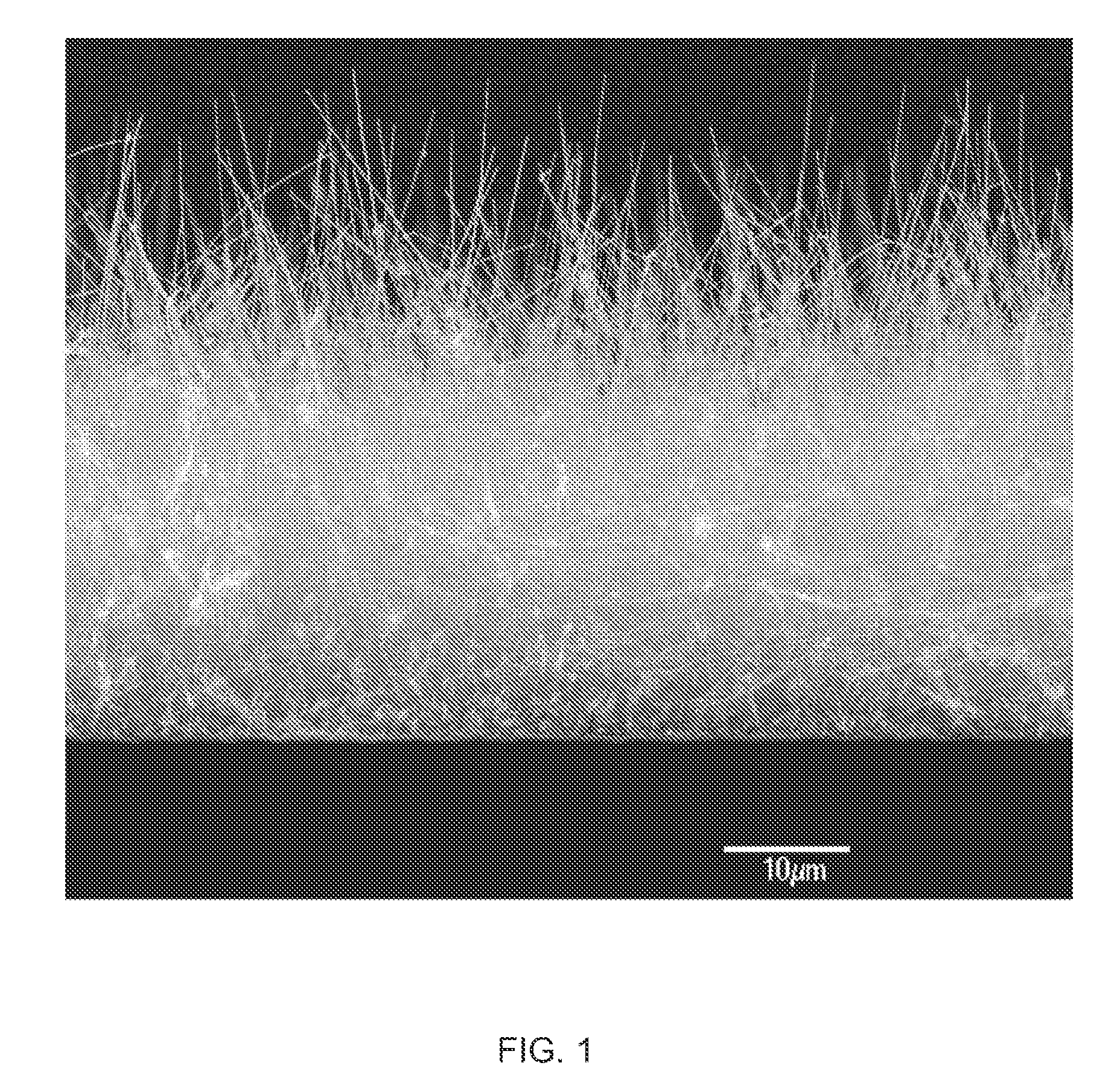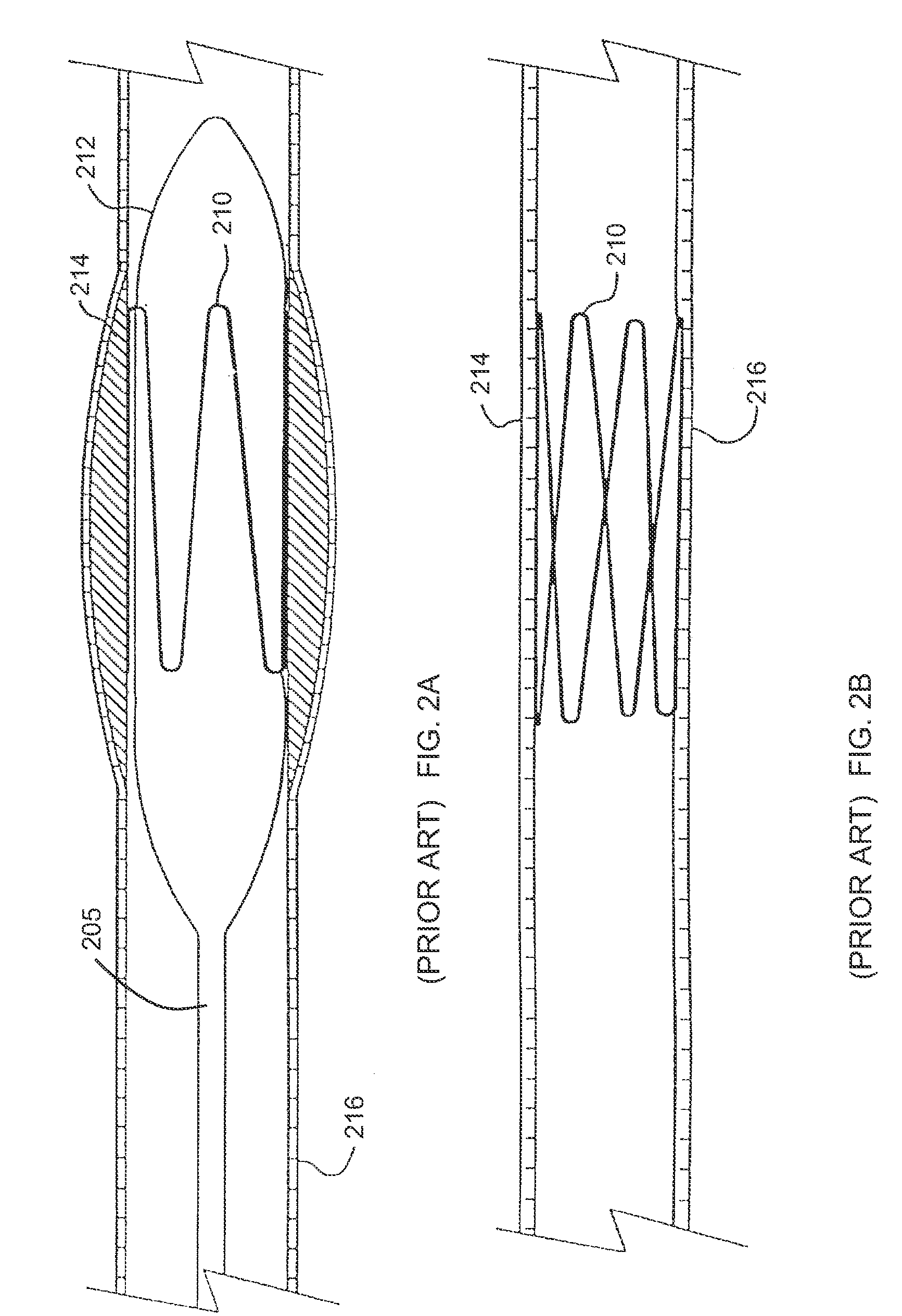Medical Device Applications of Nanostructured Surfaces
a nanofiber and surface technology, applied in the field of nanofibers, can solve problems such as end users being susceptible to damage, and achieve the effects of enhancing surface properties, preventing/reducing bio-fouling, and increasing fluid flow
- Summary
- Abstract
- Description
- Claims
- Application Information
AI Technical Summary
Benefits of technology
Problems solved by technology
Method used
Image
Examples
Embodiment Construction
[0036]It should be appreciated that specific embodiments and illustrations herein of uses or devices, etc., which comprise nanofiber enhanced surface areas should not be construed as limiting. In other words, the current invention is illustrated by the descriptions herein, but is not constrained by individual specifics of the descriptions unless specifically stated. The embodiments are illustrative of various uses / applications of the enhanced surface area nanofiber surfaces and constructs thereof. Again, the enumeration of specific embodiments herein is not to be taken as limiting on other uses / applications which comprise the enhanced surface area nanofiber structures of the current invention.
[0037]As seen in FIG. 1, the nanofibers optionally form a complex three-dimensional structure on the medical device surfaces to which they are applied. Again, it will be appreciated that in other embodiments of the invention, the nanofibers are more uniform in height, conformation, etc. The deg...
PUM
| Property | Measurement | Unit |
|---|---|---|
| thickness | aaaaa | aaaaa |
| thickness | aaaaa | aaaaa |
| thickness | aaaaa | aaaaa |
Abstract
Description
Claims
Application Information
 Login to View More
Login to View More - R&D
- Intellectual Property
- Life Sciences
- Materials
- Tech Scout
- Unparalleled Data Quality
- Higher Quality Content
- 60% Fewer Hallucinations
Browse by: Latest US Patents, China's latest patents, Technical Efficacy Thesaurus, Application Domain, Technology Topic, Popular Technical Reports.
© 2025 PatSnap. All rights reserved.Legal|Privacy policy|Modern Slavery Act Transparency Statement|Sitemap|About US| Contact US: help@patsnap.com



